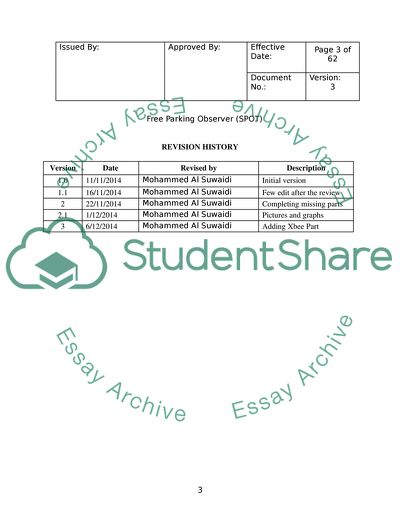Cite this document
(Ecet Senior Design Project Report Example | Topics and Well Written Essays - 3500 words, n.d.)
Ecet Senior Design Project Report Example | Topics and Well Written Essays - 3500 words. https://studentshare.org/engineering-and-construction/1853161-senior-project-document
Ecet Senior Design Project Report Example | Topics and Well Written Essays - 3500 words. https://studentshare.org/engineering-and-construction/1853161-senior-project-document
(Ecet Senior Design Project Report Example | Topics and Well Written Essays - 3500 Words)
Ecet Senior Design Project Report Example | Topics and Well Written Essays - 3500 Words. https://studentshare.org/engineering-and-construction/1853161-senior-project-document.
Ecet Senior Design Project Report Example | Topics and Well Written Essays - 3500 Words. https://studentshare.org/engineering-and-construction/1853161-senior-project-document.
“Ecet Senior Design Project Report Example | Topics and Well Written Essays - 3500 Words”. https://studentshare.org/engineering-and-construction/1853161-senior-project-document.


